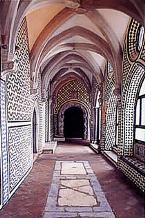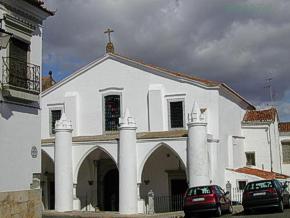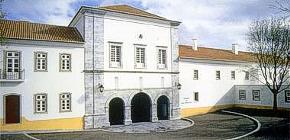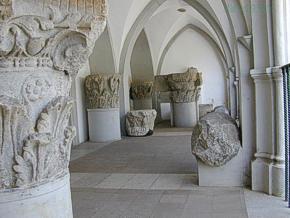|
 The Castle
The Castle
While resting on Roman fortifications, the castle was rebuilt by king
Dinis in 1310. During the 16th century, certain improvements were carried
out resulting in the Manueline features that can be seen, for example,
in the twinned tower windows that look out onto the Praça de
Armas, the entrance to the castle. The most significant aspect of the
castle is the imposing Torre de Menagem (donjon), now the symbol of
the city of Beja, with its battlements and narrow walkway running around
the tower. Inside, there are three floors featuring ogival doors and
worked vaults. The upper floor is reached by a 183º spiral staircase.
At the top, there is one of the best views over the city and the surrounding
region.
|
 |
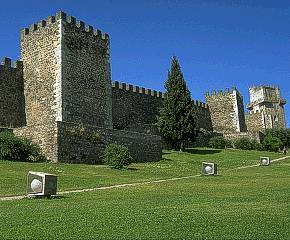 |

